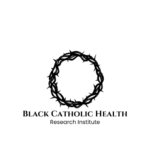The Social Ecological Model of Stress and Heart Health in Black Catholics
1. Key Findings
Our research, published in PLOS Mental Health, highlights an alarming disparity: 90.6% of low-income Black Catholics scored below the national mental health average. Nearly half of this gap (48.9%) is explained by financial stress, making it one of the most powerful yet under-recognized drivers of poor health outcomes. Importantly, financial stress proved to be a stronger predictor of cardiovascular disease (CVD) risk than generalized stress. These findings demonstrate that the stress Black Catholics face is not merely an individual issue, but a public health crisis rooted in systemic inequities.
2. The Social-Ecological Model of Stress
To better understand the impact of stress, we used the Social-Ecological Model, which shows how health risks arise at multiple levels of life:
- Individual Level: Distinct stress profiles, from chronic stress to daily hassles, directly influence mental and physical health.
- Relationship Level: Under high stress, individuals often blame personal or family factors, narrowing their focus and masking larger systemic causes.
- Institutional Level: Poor patient satisfaction explains a significant share of mental health decline, showing how healthcare experiences themselves can add to stress.
- Community Level: Discrimination remains a constant and powerful predictor of chronic stress risk.
- Policy Level: Health systems often misclassify chronic stress as “all-cause mortality” rather than CVD risk, leaving Black Catholics under-identified and under-treated.
This model reveals that stress is not just personal — it is embedded in relationships, systems, and policies that shape health outcomes across an entire community.
3. General Stress Risk Facts, Why This Matters, and Call to Action
Chronic stress is not just uncomfortable — it is dangerous to health. Research shows that long-term stress can increase the risk of coronary heart disease by 40–50%. When financial stress goes unrecognized in cardiovascular screening, it leads to delayed prevention, misdiagnosis, and worse outcomes.
This matters because Black Catholics are consistently under-identified in CVD screening. Stress is misclassified, prevention opportunities are missed, and structural neglect — not individual weakness — drives health disparities.
That’s why we call on hospitals, community leaders, and policymakers to act:
- Recognize financial stress as a core CVD risk factor.
- Integrate stress screening into cardiovascular prevention programs.
- Support upstream, equity-driven interventions that address systemic causes of stress.
By taking these steps, we can advance health equity, protect human dignity, and reduce the disproportionate burden of cardiovascular disease in Black Catholic communities.


